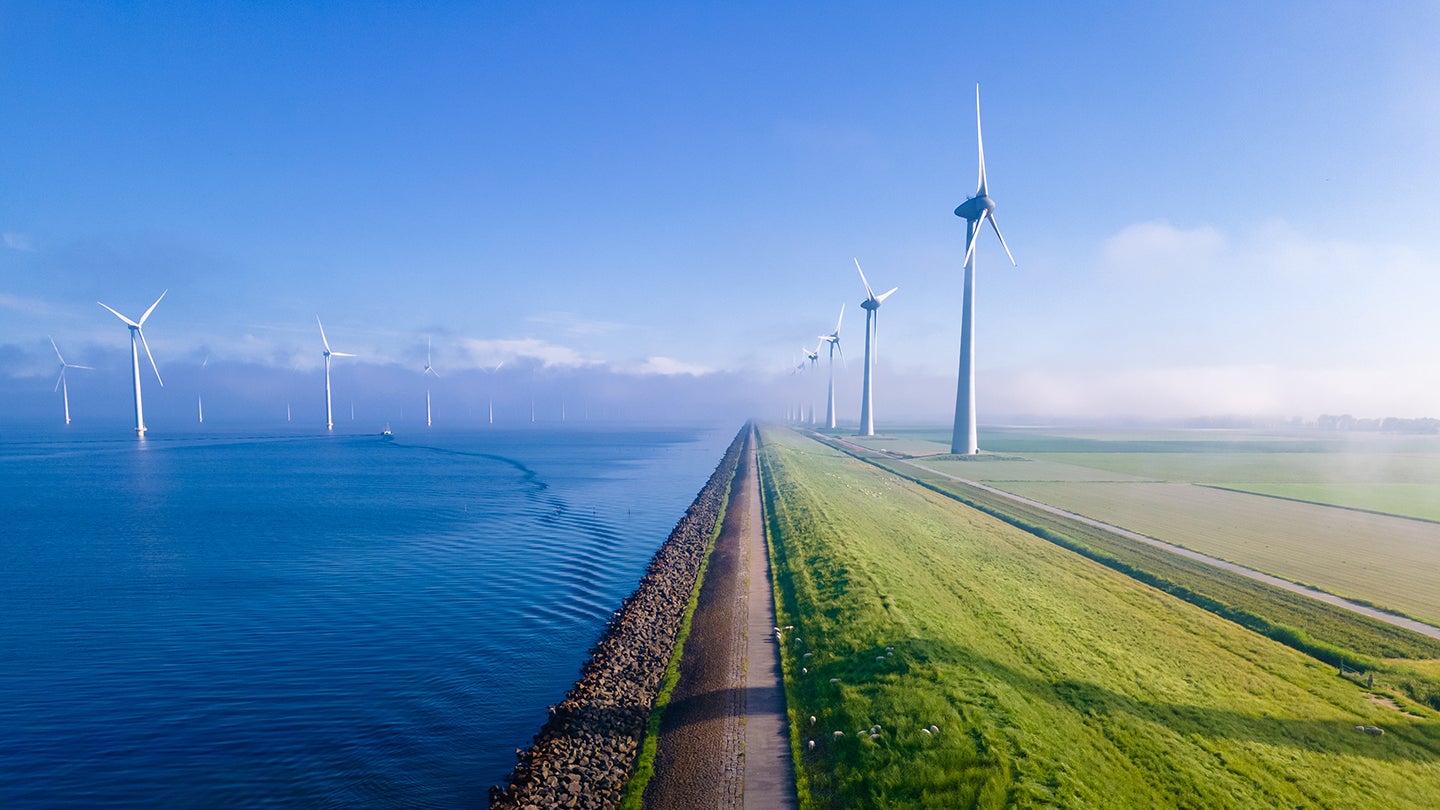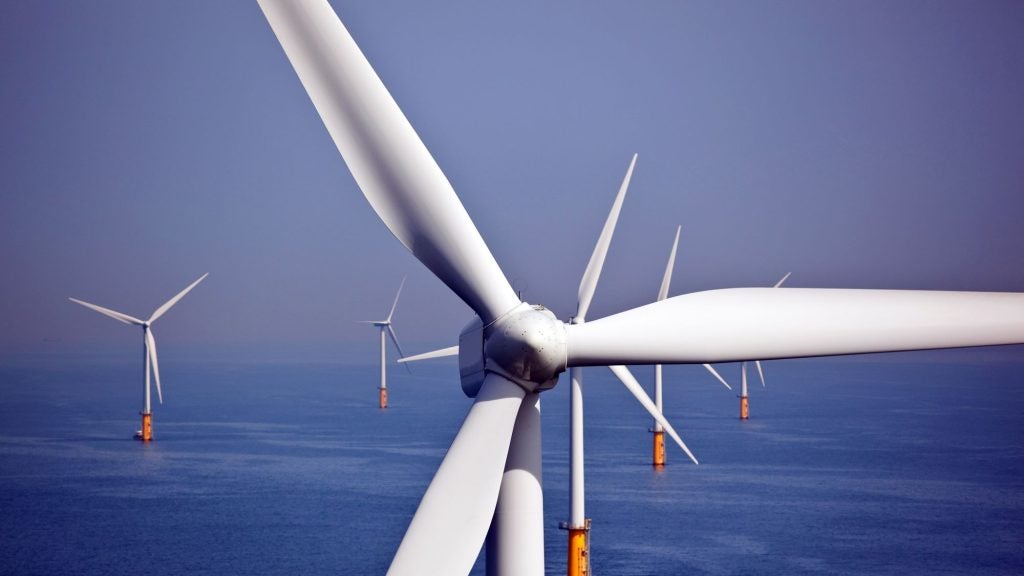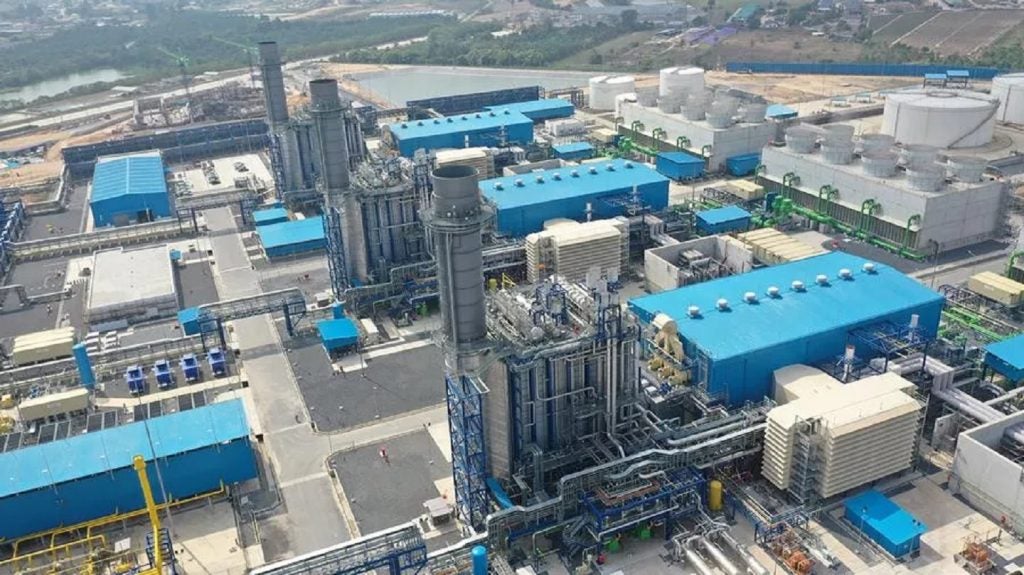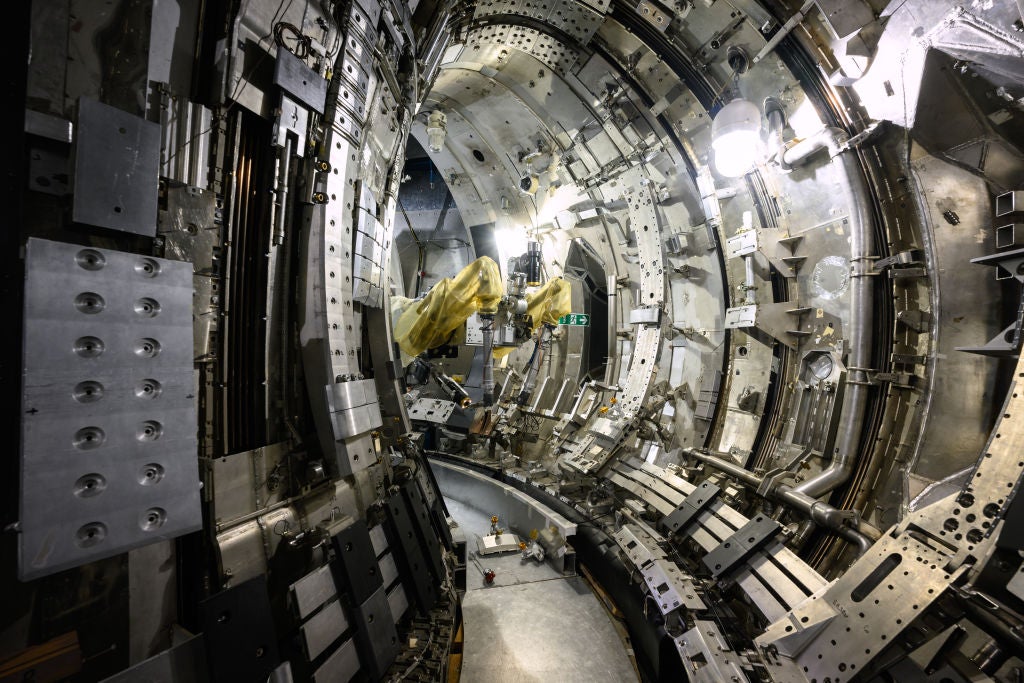
Suneet Muru is an analyst in GlobalData’s Thematic Intelligence team. With interests in decentralised payment technology, Suneet specialises in cryptocurrency, blockchain, and the metaverse.
Lara Virrey: What are the most exciting developments in AI for the power industry today?
Suneet Muru: AI is being used to drive measurable improvements across the power value chain in equipment and construction, generation, transmission and distribution, and for end-users.
Some of the most exciting AI developments in power come in the field of nuclear energy, which attracts attention due to its high energy density and low emissions profile. Applications of AI in nuclear fission revolve around predictive maintenance of equipment and the safer disposal of radioactive waste.
However, AI has the most potential to enact change in nuclear fusion. The emerging energy source is largely still in the research & development phase, with few industry experts expecting the availability of commercial fusion reactors before 2030. AI can speed up the R&D timeline through modelling and simulations. In February 2022, DeepMind collaborated with the Swiss Plasma Center (SPC) to develop a deep reinforcement learning system for tokamak nuclear fusion simulations.
AI also plays a crucial role in the energy transition towards net zero. Its impact is two-fold: by reducing the environmental impact of fossil fuel-based power plants and through improved output of renewable energy sources. Wind and solar systems have inherent variability due to the uncertainties around the availability of sunlight and the flow of wind. AI can help overcome this variability by forecasting weather conditions more accurately and analysing sensor data from the environment surrounding renewable equipment.
See Also:
AI also plays a role in managing the transmission and distribution of energy after it has been generated. Real-time predictive AI solutions are pivotal for ensuring that smart grids function smoothly. Predicting demand and output is becoming more difficult due to the increasing decentralisation of energy systems and infrastructure. AI has an important role to play in understanding demand, generating predictions from non-dispatchable resources like wind and solar and from wholesale price predictions.
How well do you really know your competitors?
Access the most comprehensive Company Profiles on the market, powered by GlobalData. Save hours of research. Gain competitive edge.

Thank you!
Your download email will arrive shortly
Not ready to buy yet? Download a free sample
We are confident about the unique quality of our Company Profiles. However, we want you to make the most beneficial decision for your business, so we offer a free sample that you can download by submitting the below form
By GlobalDataLara Virrey: How can companies in the power sector benefit from advances in generative AI in particular?
Suneet Muru: The potential for generative AI to disrupt the power industry is large, despite there currently being no prominent examples of its use. Fundamentally, generative AI will help to facilitate decision making across the highly process driven industry.
Potential applications of generative-AI across the power industry include facilitating the interpretation of the massive amounts of data coming from predictive maintenance equipment like sensors, probes, meters, and thermal imaging equipment.
AI algorithms are already being used to analyse this data, but generative AI capabilities like large language models can help reduce the barriers to understanding the technology for staff that lack the required skills to use existing AI systems. In July 2023, ABB and Microsoft announced a partnership to integrate Copilot, Microsoft’s large language model, into Ability Genix – ABB’s IoT, analytics, and AI platform.
Unsurprisingly, generative AI has the most value at the edge of the power value chain, using natural language processing to help users make more optimised decisions about their energy consumption. Smart home energy systems currently use AI and machine learning algorithms to analyse energy usage patterns and adjust to optimise energy efficiency.
Although no prominent generative-AI models exist specifically for use in managing energy usage, the technology can reduce the barriers to educating end users on energy logistics as well as creating effective strategies for energy consumption. In this way, homeowners can reduce consumption and save money on their energy bills.
Lara Virrey: Which barriers to implementation of AI remain in the power industry, and how could they be overcome?
Suneet Muru: Innovation is typically slow in the power industry and in the energy sector more broadly. There are several reasons for this. Firstly, power infrastructure such as power stations and electricity grids typically have both long planning periods and then lifespans over decades.
Legacy technology often becomes outdated during this time, and replacements can be expensive and inconvenient for workforces. Secondly, incorporating new technologies like AI often requires retraining, which can take time and prove frustrating for employees who are used to a particular way of working. Thirdly, a lack of sufficient AI-related skills and expertise across power companies is slowing the industry’s innovation rate.
A report by PA Consulting found that nearly 50% of senior energy executives felt their companies lacked the skills necessary to develop new technologies. Finally, the energy industry is highly regulated, which can deter innovation. For instance, the EU sets a maximum energy price, which limits revenue. A profit-maximising organisation will be less incentivised to invest in AI, which causes more capital expenditure in the short term when they cannot increase prices for their customers.
Lara Virrey: Which companies are the leading adopters of AI technologies in the power sector?
Suneet Muru: I would say Iderbola, EDF and Duke Energy.
Since 2013, Iberdrola has been using its Meteoflow Project to anticipate weather events to forecast and optimise renewable energy production. In May 2023, it partnered with AWS cloud to launch its Advanced Smart Assistant, a digital platform that customers can use to manage the consumption of smart electrical devices.
EDF has historically used AI in digital twins of nuclear power plants and for analysing IoT data from solar and wind installations. On the customer side, EDF has deployed AI in a character-based recognition system for photos of thermostat readings. It has also worked with Google to develop natural language processing capabilities and has experimented with using Amazon’s Alexa to allow customers to access information about their energy use and bills.
Customers can also contact EDF using chatbots that collect complaints or deal with customers facing problems using its website, where they can interact with a virtual assistant called Laura. In June 2023, EDF announced it was deploying Dynatrace’s artificial intelligence (AI)-driven automation technology to help its IT team optimise cloud operations and deliver reliable and secure customer experiences.
Dynatrace’s AI monitoring will be used to identify potential inefficiencies in EDF’s tech infrastructure, to help the IT team remediate downtime quickly and improve customer self-service.
Duke Energy’s SmartGen Program was designed to prevent failures, making better use of the company’s Industrial Internet data. The project involved improving remote equipment monitoring, smart diagnostics, data integration and visualisation, and enhancing the company’s reliability process.
Duke Energy began by investing in sensors and infrastructure and, in the end, implemented over 30,000 sensors at 50 power plants as part of the SmartGen initiative, working with Schneider Electric’s PRiSM APR software. The company claims that the SmartGen program enabled the discovery of 384 faults, saving a total of $31.5m.
One example was the triggering of an early warning in a steam turbine, saving the company over $4.1m. Duke Energy has also worked with SparkCognition on fault forecasting, reducing failure forewarning in pumps from five days to a few hours.







